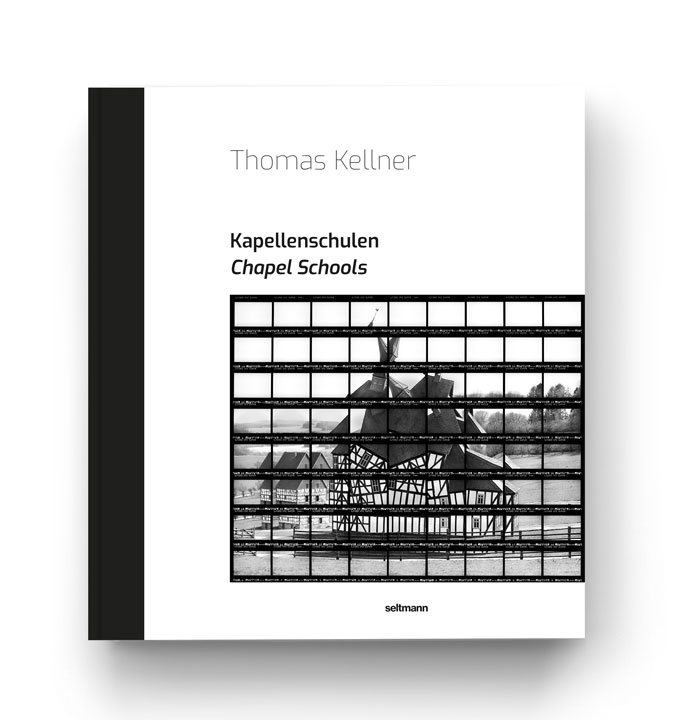Chapel school Schwarzenau
The former Schwarzenau chapel school in the Bad Berleburg Township was built from 1858–1860. After the school had been in operation for two months, the chapel was opened in August 1860, creating a fully functioning chapel school. The chapel school initially consisted of only one classroom, however, just six years later it required expansion. There was a larger and a smaller teachers apartment upstairs.
Due to the rapid increase in the number of pupils, a classroom had to be added. Soon, however, there was not enough space available either. In 1956, the students moved into a new school building. The former chapel school still remains almost unchanged in the village and belongs to the church congregation, which uses it as a community room and church office.
Schwarzenau in: The Chapel Schools' Book
Chapel schools form a solitary architectural type for the Siegerland and its neighboring regions.
As stand-alone buildings and conspicuous in their surroundings, like the one in Schwarzenau, they reveal the connection between religion and school education starting from the domain of Count William I of Nassau-Katzenelnbogen (1487-1559) and his son John VI of Nassau, Katzenelnbogen and Dietz (1536-1606). The hybrid used buildings existed until the end of the 19th century and in parts even until the 20th century.
Chapel Schools a solitary architectural type
The Siegen fine art photographer Thomas Kellner recognized the historical and cultural value of these buildings and set himself the task of preserving and recalling this typical regional cultural asset through a new medium. By means of photography he transfers the chapel schools into an artistic context and gives the historical topic a new dimension in the present (art).
Just as the chapel schools united in themselves two spheres of life, this publication also conveys different contemporary perspectives on the history and genesis of the chapel schools. While Kellner tries to rethink the type of building, which oscillates between profane and sacred, with his artistic realization, Chiara Manon Bohn, Isabell Eberling M. Sc. Dr. Andrea Gnam and Dr. Stefanie Siedek-Strunk provide an insight into the historical, architectural and religious classification of the chapel schools up to the pictures of Thomas Kellner in text contributions.











